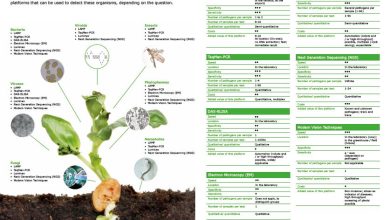Plant Extracts: [Concept, Preparation, Use and Application]
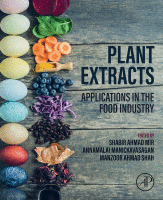
Plant extracts are compounds that are extracted from plants and that are subjected to a certain process to obtain a new product.
Generally, these are used in order to enhance some condition in the crops, so that they produce a better harvest.
It is a simple, practical, economical and very natural way to solve frequent needs, such as fertilization.
Through the following lines we will leave you all the information you need to know about this topic, so do not miss a single detail.
What are plant extracts?
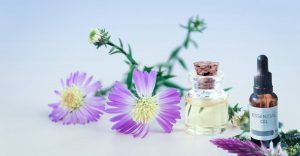 Plant extracts are preparations that are obtained by extracting substances from the different parts of a given plant.
Plant extracts are preparations that are obtained by extracting substances from the different parts of a given plant.
To obtain this result, these substances undergo a certain process, such as infusion.
In some cases, a certain substance is combined with others in order to further enhance its effects.
In all this it is essential to take into account that plant extracts contain living elements, so they must be treated with great care.
And this involves both the extraction process itself to storage and end use.
How are they obtained from a plant?
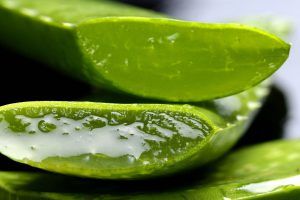 By subjecting a plant to an extraction process, two compounds are produced: the extract itself and the bagasse or waste.
By subjecting a plant to an extraction process, two compounds are produced: the extract itself and the bagasse or waste.
One of the most common ways to carry out this process is by placing the plant in a press that will help squeeze its juices.
Another way, for certain types of plants, is by making punctures that help, by distillation, to obtain the internal liquids of the plant.
When the plants are dry, what is done is to apply certain processes that help to obtain the properties of the plants, by other methods.
How can we prepare plant extracts?
The preparation of plant extracts is a delicate process because, as we have already said, they are living organisms.
This means that a bad practice or an error (no matter how small) could result in the extract being inefficient in its use.
The preparations of plant extracts include processes such as making infusions, fermentations, macerations and decoctions.
Water
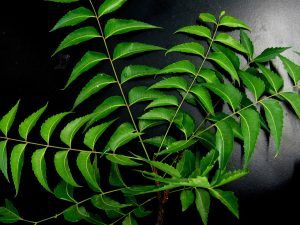 In all of these, the other protagonist will be water. That is why it is so important to choose the right one, preferring rainwater as the first option.
In all of these, the other protagonist will be water. That is why it is so important to choose the right one, preferring rainwater as the first option.
If it is not available, it is necessary to select good quality water, without chlorine and with a high level of purity.
When an extract is going to be made by maceration, what is placed is the powder in water and left at room temperature for a time of 10 days, more or less.
Boil
On the other hand, infusions are obtained by adding the powder to water and subjecting the mixture to high temperatures until it breaks into a boil.
Garlic
In the case of preparations made from garlic, what is done is to crush about 2 grams of garlic cloves per liter of water.
Other extracts, due to their processing conditions, are better to buy ready -made, as is the case with neem oil.
What are the most common examples of plant extract?
The most common examples are the following:
- For pest control: one of the biggest concerns when it comes to planting is the attack of invaders that damage crops. Given this reality, plant extracts can serve to keep many of these unwanted visitors away from plants.
- To combat diseases: the second most common problem that crops can present and that, on many occasions, come from the attack of pests. Plant extracts have the potential to treat different types of fungi, freeing us from worry about this issue.
- To strengthen crops: a preventive measure, before the appearance of any pest or disease, is to take advantage of plant extracts to strengthen crops, so that they not only become resistant to damage but also have better production.
What plants do we use?
The plants selected for the preparation of plant extracts will vary depending on the results that are expected to be obtained. Some of them are:
- Horsetail: useful to work certain diseases.
- Garlic: ideal to deal with pest attacks.
- Nasturtium: it is prepared as an infusion to combat diseases.
- Nettle: an ally to strengthen crops.
- Lavender: in infusion can help eliminate some pests.
- Calendula: for strengthening.
- Burdock: also for strengthening.
Why can these plant extracts be useful?
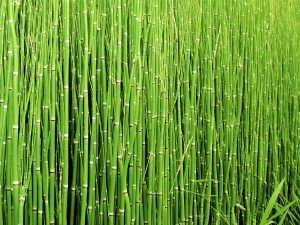 Plant extracts are useful because they help meet certain plant needs without having to invest any money.
Plant extracts are useful because they help meet certain plant needs without having to invest any money.
In addition, they are 100% natural compounds that do not harm crops, the environment in general or living beings.
Plant selection is a fairly simple process, as you can move forward with fresh or dried versions, depending on what is available.
Plants are easy to come by, as they are readily available in home gardens or at any farm supply store.
They are easy to store, allowing them to be used when they are needed.
What pests do they work best with?
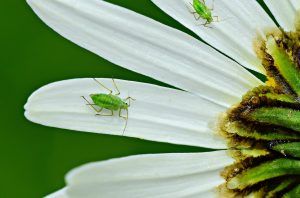 The different actions of the plant extracts will define what type of pests they are useful against.
The different actions of the plant extracts will define what type of pests they are useful against.
In general, pests such as aphids and thrips are easy to repel through extracts that cause paralysis or, after consuming them, cause death.
There is also the case of those that repel harmful insects due to bad odors, such as when using garlic, aphids and some flies that are affected.
Those that modify the flavor of plants, prevent pests from wanting to stay on a certain plant.
They are useful for dealing with beetles, caterpillars, mites, among others.
Finally, there are those that prevent the growth and development of normal functions in insects, killing them.
This group includes aphids, whiteflies , thrips, among others.
As you can see, plant extracts have a series of complete benefits for any type of crop, you just have to know how to choose wisely and carry out the process properly.
References and Bibliography
- Plant extracts used as biocontrollers with emphasis on the Piperaceae family. A review, Á Celis, C Mendoza, M Pachón… – Agronomy…, 2008 – revista.unal.edu.co
- [PDF] Chemical components and their relationship with the biological activities of some plant extracts, CG Luján, A Martínez, JL Ortega, F Castro – Química Viva, 2010 – redalyc.org
- Plant extracts in pest control, FJ do Nascimento, ET Diniz Filho… – Green magazine of…, 2008 – dialnet.unirioja.es
- Preparation of plant extracts: methodical efficiency determination, AV Carrión Jara, CR García Gómez – 2010
- [PDF] Use of plant extracts in the integrated management of pests, diseases and weeds: review, A Celis, CF Mendoza, ME Pachón – Agricultural issues, 2009 – dialnet.unirioja.es
-
[PDF] Plant extracts and their effect on the electrical conductivity of two saline soils and solutions, L Partida-Ruvalcaba… – Terra…, 2006 – redalyc.org
-
Evaluation of the in vitro insecticidal activity of plant extracts against the coffee berry borer, OM Mosquera, AM Lagos, J Niño – Natural resources and environment, 2009 – biblat.unam.mx

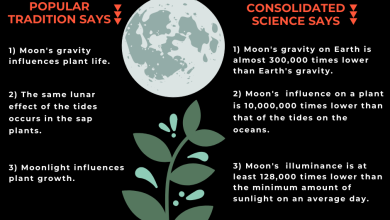

![Photo of What Care Does Bamboo Have?: [Composting and Pruning]](https://www.complete-gardening.com/wp-content/uploads/2022/08/what-care-does-bamboo-have-composting-and-pruning-390x220.jpg)
